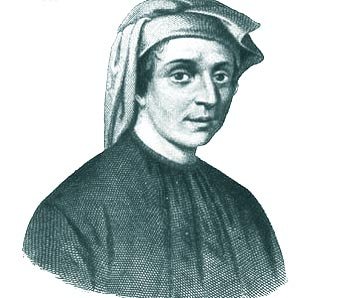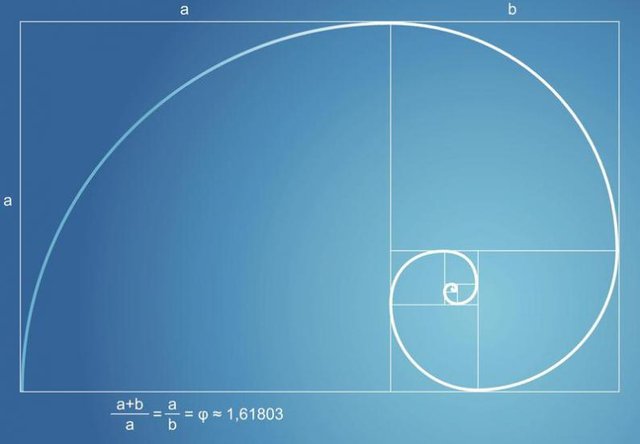Steemhomework for the week! / Leonardo de Pisa [Fibonacci]
Leonardo Bigollo, also known as Leonardo Fibonacci, Leonardo Pisano, Leonardo Bonacci or Fibonacci. (Italy, c. 1175 - id., C.1240) Italian mathematician and considered the first algebraist of Europe and introducer of the Arabic numerical system, compiled in the Book of the abacus the scientific knowledge of the Arab world. He popularized the use of Arabic figures and exposed the principles of trigonometry in his work Practical Geometriae.

Source
With all the material collected, he created the arithmetic manuals for the use of the merchants, the work contains fifteen chapters. In its first edition the numeration of the nine figures that Fibonacci calls "Indian" is exposed and, in fact, there are ten, because it is necessary to add the zero.
Fibonacci alleges with sufficient evidence the digital calculation, tables of addition and multiplication, demonstrating its use to perform the four operations with figures of considerable length, and disclosing the divisibility criteria by two, by three and even thirteen, gathering in tablitas, the results of divisions by these numbers of some integers not exceeding 200.
In another of the chapters he uses the fractions, the concept and the applications of the least common multiple and of a "tabula disgregationis" that, showing the decomposition of a good number of ordinary fractions in fundamentals, reveals the persistence of Egyptian logistics.
The second part of the book, "Rule of Algebra", contains the formulas to recognize the equations of the second degree, with the demonstrations according to the ancient mode, by means of geometric constructions, and numerous problems that can be solved with equations or with systems of reducible equations to the second grade.
Following the example of the Greek masters, Leonardo of Pisa modeled this work in the style of the Elements of Euclid, and teaching the procedures to follow when you want to measure a surface or volume or divide a given figure into parts subject to proposed conditions, (always accompanied his teaching with demonstrations and calculations properly developed.)
On the other hand, there is an intermediate part in the same work dedicated to an arithmetic theory about square and cubic radicals, apart from a method for extracting the square and cubic roots of a given number. It is also known that he composed a Book di merchatanti.
Es asimismo célebre por el descubrimiento de la denominada sucesión o secuencia que lleva su nombre. Fibonacci explico el desarrollo de fenómenos naturales de crecimientos a través de una secuencia numérica.

Source
The succession was made known in the West by Fibonacci as the solution to a rabbit breeding problem: "A certain man had a couple of rabbits in a closed place and wished to know how many could be reproduced in a year from the initial couple, taking into account that they naturally have a partner in a month, and that from the second they begin to reproduce ».

Source
Fibonacci numbers appear in numerous applications in different areas. For example, in rabbit or plant breeding models, by counting the number of strings of length bits that do not have consecutive zeros and in a vast number of different contexts.
Basically, the Fibonacci sequence consists of a series of natural numbers that add up to 2, starting with 0 and 1. And it is done by always adding the last 2 numbers in the following way:
Easy, right? (0+1=1 / 1+1=2 / 1+2=3 / 2+3=5 / 3+5=8 / 5+8=13 / 8+13=21 / 13+21=34...) So on, to infinity.
As a rule, the Fibonacci sequence is written like this: xn = xn-1 + xn-2.
Source of information:
https://www.biografiasyvidas.com/biografia/l/leonardo_depisa.htm
https://www.vix.com/es/btg/curiosidades/4461/que-es-la-sucesion-de-fibonacci
http://www.quo.es/naturaleza/la-espiral-de-fibonacci
Actually we apply these mathematical devices in our professions without remembering who discovered it, thank you for publishing this post.
You got an upvote from the @nextvote community!
We also can see it in the pineapples, its really amazing the relation of the fibonacci with the nature. Additionally, the trading analysis uses a fibonacci scale, meaning that the psychology of our brain has that levels. Very good post.
You got an upvote from the @nextvote community!
We also can see it in the pineapples, it is really amazing the relation of the Fibonacci numbers with nature. Additionally, the trading analysis uses a Fibonacci scale, meaning that the psychology of our brain has that levels. Very good post.